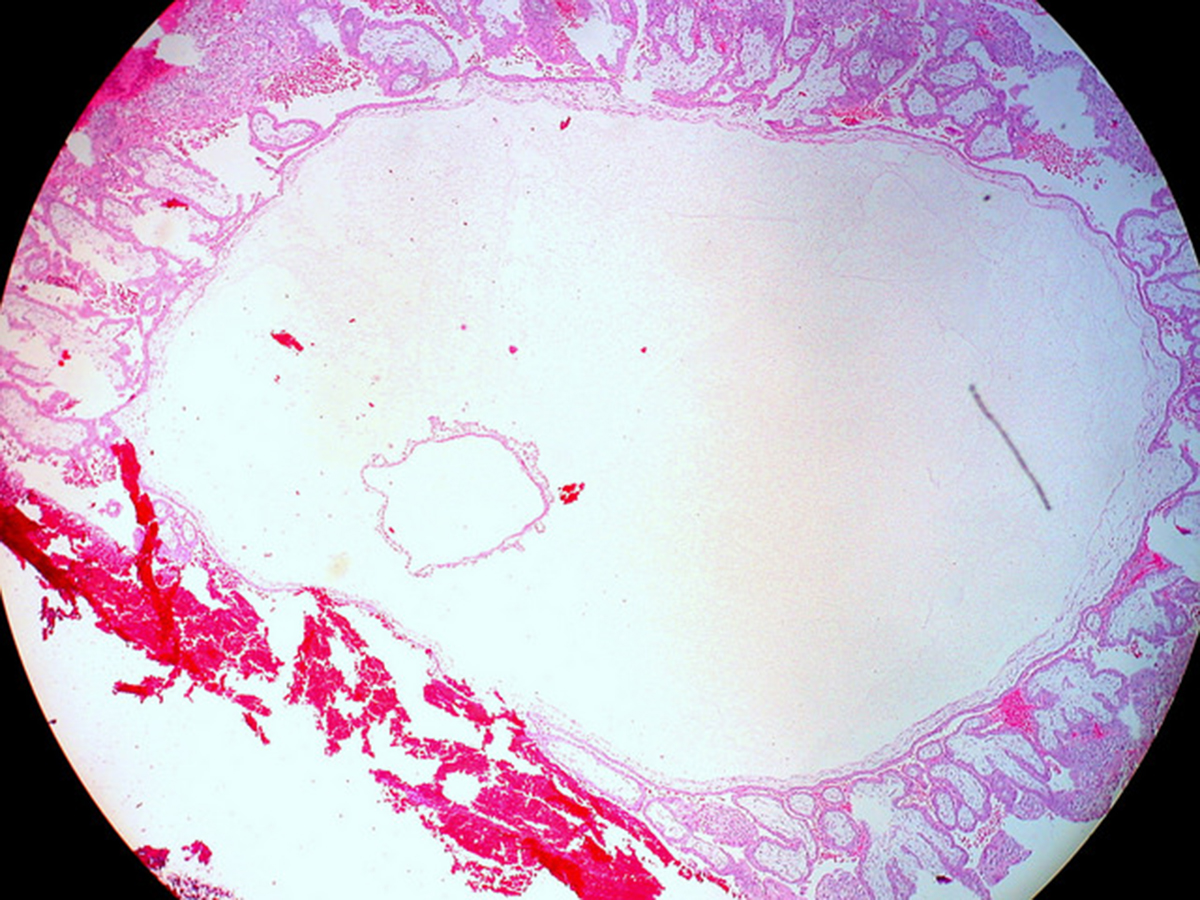Table of Contents
The terms "tubal pregnancy" and "ectopic pregnancy" are mostly used interchangably — even often by medical professionals. They aren't the same by any means, however. While a tubal prenancy is one that develops in a fallopian tube, an ectopic pregnancy can develop in a wide variety of places, ranging from the ovaries to the cervix, and even the bowels! The vast majority of ectopic pregnancies are not viable by definition, and often become life-threatening for the mother if left untreated as well. Interestingly enough, though, some babies do survive an abdominal pregnancy!
Tubal Pregnancy
A tubal pregnancy is one that develops in one of the fallopian tubes. A pregnancy can develop within one of the fallopian tubes because the tube in question is blocked or damaged, by pelvic inflammatory disease, previous surgery, a side effect of tubal ligation or endometriosis, but tubal pregnancies can also strike women with healthy fallopian tubes. Except for ovarian pregnancies and those achieved by IVF, all pregnancies pass the fallopian tubes. It's no surprise that tubal pregnancy is the most common type of ectopic pregnancy, and the most talked-about, by far, then.

Interestingly enough, there are actually different types of tubal prenancy, categorized by the location where the fertilized egg implants itself:
- The egg attaches to the ampullary section of the tube in about 80 percent of all ectopic pregnancy cases.
- The egg attaches to the isthmus, closer to the uterus, in about 12 percent of cases.
- In about five percent of ectopic pregnancy cases, the fertilized egg will implant within the fimbrial end of the tube, which its its very end — so away from the uterus.
- It's rarer for eggs to implant within the cornual and interstitial parts of the tube, and this is seen in about two percent of cases. Because this part is close to the uterus, this type of tubal pregnancy may be missed on an ultrasound scan.


Your thoughts on this